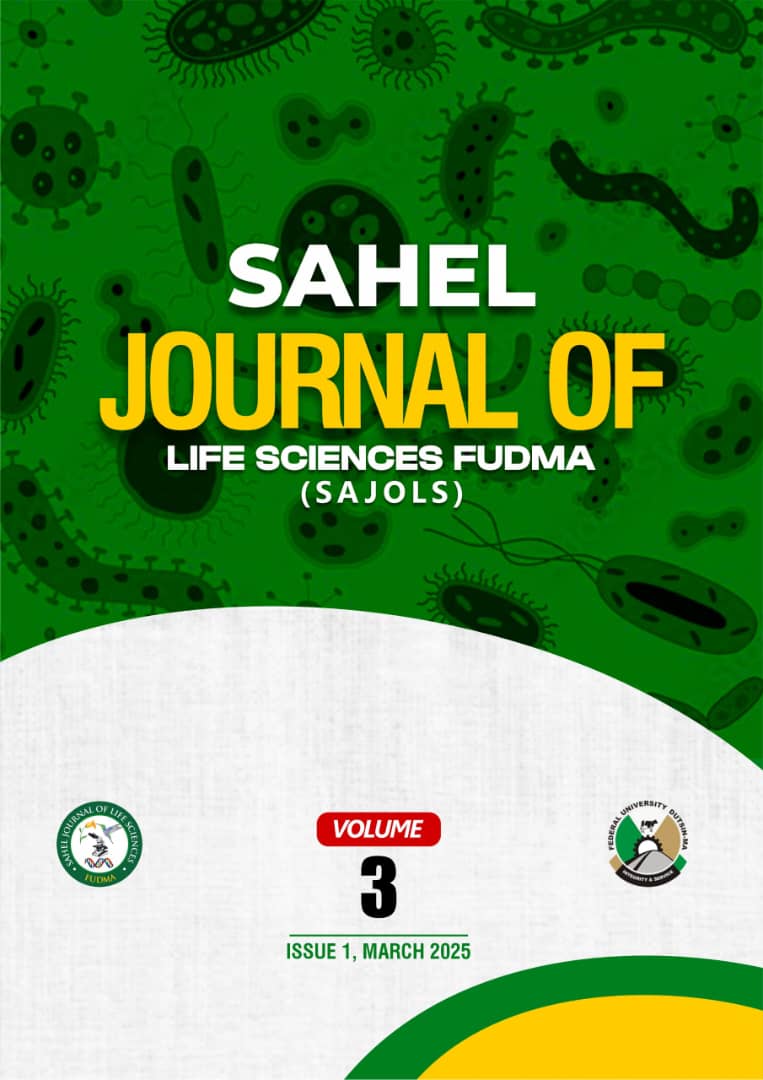Molecular Epidemiology of Babesia and Theileria spp among Slaughtered Cattle in Abeokuta, Southwestern Nigeria
DOI:
https://doi.org/10.33003/sajols-2025-0301-68Keywords:
Babesia; Cattle; Public Health; Theileria; TicksAbstract
Cattle are vulnerable to tick-borne pathogens like Babesia and Theileria, which pose health threats and zoonotic risks. This study examined piroplasm infections, tick infestations, and demographics among cattle in Abeokuta, Ogun State, Nigeria. From October 2018 to February 2021, 300 slaughtered cattle were analyzed. Blood samples were assessed by microscopy and PCR, while tick identification relied on morphology. Demographic data, including breed, sex, and body condition, along with tick presence and location, were recorded. Findings showed 73.8% were White Fulani cattle. Tick infestation affected 89.3%, with piroplasm prevalence at 13.3% via microscopy and 65.7% through PCR. Most ticks were found near the anal and udder areas, with female cattle showing higher infection rates. Significant associations were identified between piroplasm infection and factors like sex, breed, body condition, and tick presence. Infection rates were high in White Fulani cattle (p = 0.032), those with poor body conditions (p = 0.007), and tick-infested cattle (p = 0.010). No significant relationship was found between tick sex and infection status. All cattle infested with Amblyomma variegatum or co-infested with A. hebraeum and Boophilus microplus tested positive. Cattle with partially or fully engorged ticks were also infected. PCR showed greater sensitivity but less specificity than microscopy. These findings highlight a significant burden of tick infestations and piroplasm infections, indicating endemicity and the urgent need for enhanced surveillance and targeted tick control strategies.


